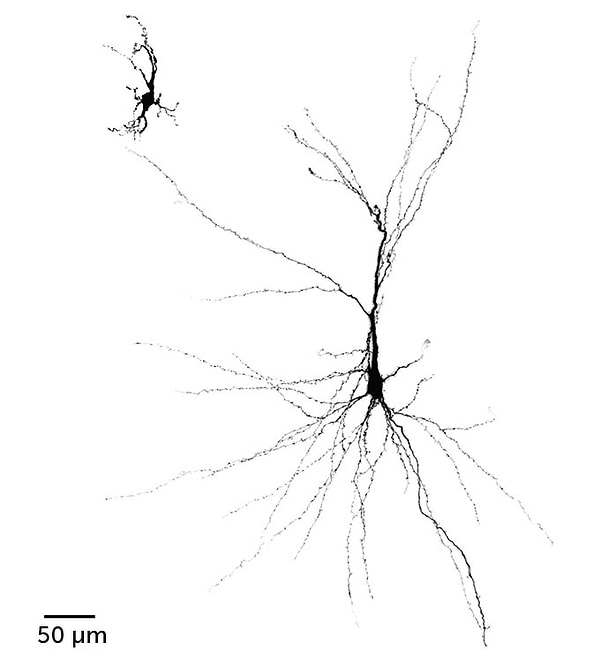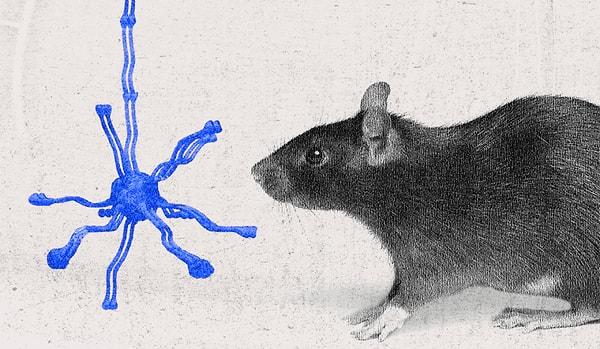Human Neurons Successfully Transplanted Into Rat Brains, A Major Breakthrough in Science!
Scientists have successfully completed their operation in transplanting human nerve cells into rat brains, resulting in a major breakthrough in medical research.

Human cell pieces took hold inside of the animal brains, attached themselves to the rat's blood supplies, and finally squeezed into the hybrid circuits of the rat brain, enabling them to detect whisker movement patterns and alter the organisms' behavior.
According to Arnold Kriegstein, a developmental neuroscientist at the University of California, San Francisco, the connections between the human and rat cells “demonstrate more substantial integration of the transplanted neurons”, and that “This is a significant advance”, showcasing hope in conducting human to animal transplantation experiments.
The primary objective of this scientific experiment was to uncover new information on debilitating mental and neurological disorders like epilepsy, neuromuscular disorders, cerebral palsy, and even schizophrenia.
“Psychiatric disorders are a huge burden on society and it is very, very clear that we need better models for studying them,” says Sergiu Pasca, a professor of psychiatry at Stanford University. “We see patients and patients’ families that are desperate. There is no time to waste.”
In order to maximize the potential of these cells, Sergiu and his co-workers have decided to transplant human cerebral cells into the brains of baby rats.

A human nerve cell - 50 microns
The human organoids had begun to develop inside of their hosts. About three months later, the organoids had grown to about nine times their initial size, eventually covering about a third of one side of the rat's cerebral cortex, the brain's outermost layer. 'It pushes the rat cells aside,' explains Pasca. 'It grows as a group.' Since rat brains provide a multitude of benefits that laboratory petri dishes cannot, such as blood supply, an accurate combination of nutrient content, and stimuli from neighboring cells, these human cells had successfully thrived in the rat brains.
As a result, human nerve cells grew to be larger because of the environmental support compared to the same type of cells cultivated in those dishes. Additionally, rat brain cells also proved to be much more complex, with far more intricate branching structures and also more cell connections known as synapses.
The brain cells appeared to be more mature visually, but Pasca and his peers sought to determine if the nerve cells would behave similarly. Electrical properties tests were also carried out in order to demonstrate that transplanted neurons worked exactly like neuronal cells that develop in human brains than cells grown in dishes.

Organoids made from patient-specific cells could one day even serve as test subjects for treatments, Pasca says. “Challenging disorders will require bold approaches,” he added. “We will need to build human models that recapitulate more aspects of the human brain to study these uniquely human conditions.”
With this successful experimentation conducted by these researchers, it all the more shows that human to animal transplantation isn’t entirely impossible. In the near future, we may even witness even more spectacular scientific breakthroughs!
Keşfet ile ziyaret ettiğin tüm kategorileri tek akışta gör!


Send Comment